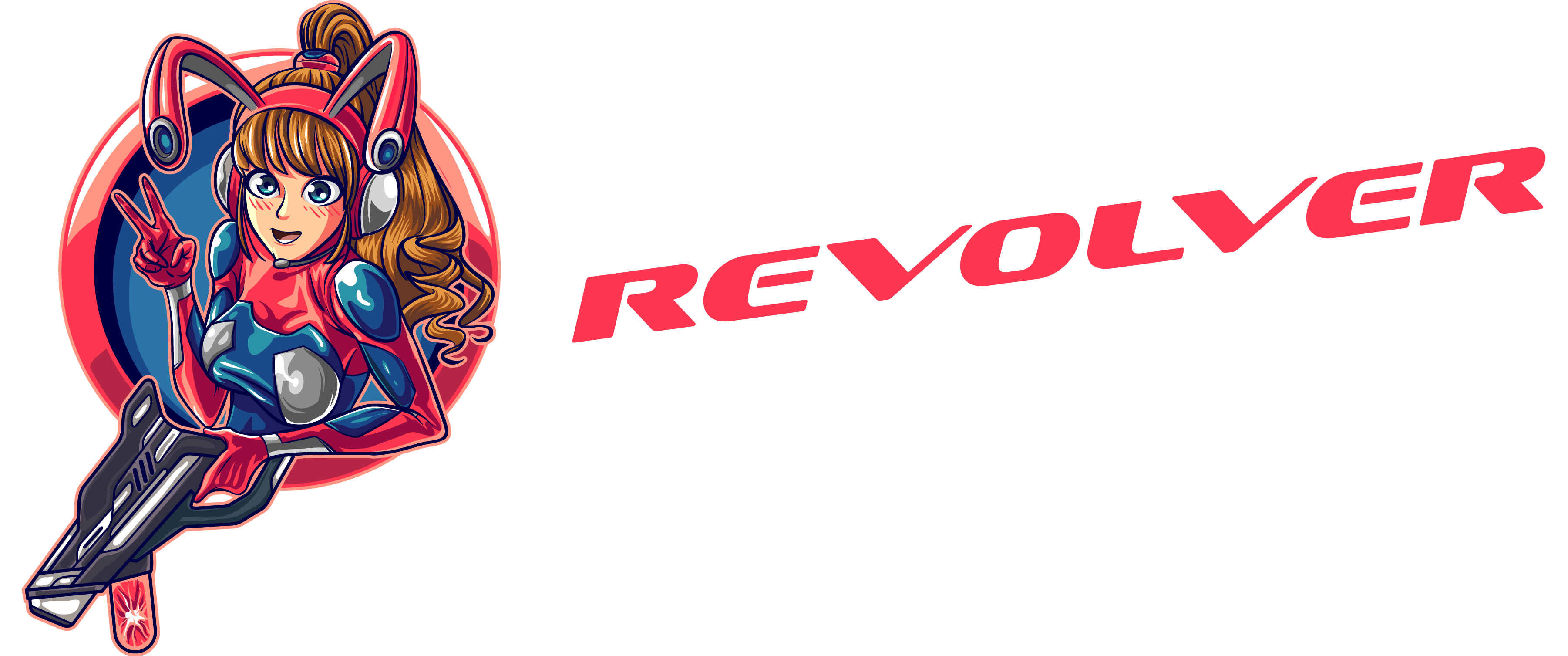Okay, so when we say “CS2 market,” we mostly mean the Steam Community Market and third-party websites where users may trade, buy, and sell skins, such as gloves, knives, and more. It is an economy unto itself. Furthermore, where is the money? AI appears.
These days, AI-powered pricing tools and trading bots are widely used. These systems employ algorithms to identify patterns, forecast price fluctuations, and even automatically purchase or sell when they notice a healthy margin. They track skin pricing across many platforms nowadays.
AI Influence For The CS2
The majority of people are unaware that there is a whole segment of the community that isn’t interested in the game, even though players see showy knives, dopplers, gloves, and yes, some dump huge stacks to show off. They are only utilizing AI tools to observe the marketplace, much like stock traders do with cryptocurrency charts, and they are neither playing Inferno nor learning lineups.
Man, these artificial intelligence gadgets are really quick compared to human beings. Is the skin you’re listing too cheap? It is quickly scooped by a bot. It’s practically gone by the time your website loads again. What’s even more surprising is that these bots aren’t just acting at random; they’re using machine learning models that actually figure out which items will increase in price based on things like past market surges, patch notes, case drops, or even CS2 pro matches where a particular skin appears and suddenly becomes meta. It’s crazy.
For traders who want to play smart and avoid being taken advantage of, such technology may be quite helpful, but it also gives the impression that the market is manipulated. For example, you’re trying to purchase a cleanskin with a respectable float, but some bot has previously purchased the five great ones at a discount and relisted them for 30% more. Trading with algorithms that never sleep, never get tilted, and most surely don’t second-guess their purchase button has replaced trading with players.
There is also a certain amount of respect there. A few of these bots are quite nicely constructed. Ten marketplaces are simultaneously monitored, currencies are instantly converted, float values are compared, inventory data is checked, and even the quantity of a particular item in circulation is taken into consideration. We’re talking about analysis powered by AI. AI is the ideal complement to a really practical tool such as the Steam inventory checker. It greatly simplifies the procedure in this way.
How Does AI Influence the Game?
Artificial demand is created when AI bots purchase and flip skins in large quantities. Five bots determined that the skin you were examining was undervalued and bought it off of the market, causing it to suddenly leap $40. makes it more difficult for average players to get beautiful skins without going over budget.
Instead of seeing CS2 as a game, more and more individuals are treating it like the financial market. Skin investors can handle thousands of dollars’ worth of skins with ease thanks to AI. Therefore, some people aren’t even fragging out; they’re playing only to hold uncommon stuff.

In order to regulate the market, AI algorithms may analyze inventory and determine which skins are going out of style. As a result, things become “rare” due to bots rather than due to normal demand.
Conversely, AI also benefits casual gamers. Some third-party websites utilize machine learning to provide precise price forecasts, guard against fraud, and display long-term price charts to avoid being a chump who buys high and sells cheap.
AI and the CS2 In-Game Stuff?
At the moment, AI has no direct impact on in-game performance. For example, AI-assisted aimers are rare unless you’re up against a really sophisticated hack, which Valve attempts to stop using VAC Live. However, AI solutions for strategic planning and demo analysis are beginning to appear. AI may, for example, analyze demos, identify trends in team execution, and recommend improved utility use. It is not yet widely accepted, but it is gaining traction.
Conclusion
Although AI in CS2 isn’t dropping bombs, it is radically altering the way the market functions. Rare skins become more costly, trading becomes more competitive, and the market becomes a cross between a shooter and a financial game. Depending on whether you are a trader, collector, or just interested in the headshots, that may or may not be a good thing.
Valve still manages the flow of cases and drops, so there is no risk that these bots will collapse the entire market or anything, but they do act as a sort of gatekeeper. Have you ever wanted to buy something cheap, flip it, and gradually increase your inventory? When you’re playing against machines, that becomes much more difficult. Casual players are deterred from even attempting to trade as a result. Additionally, pricing becomes strange if a significant portion of the market is taken over by AI. Some skins suddenly balloon, while others drop simply because bots moved value into a new skin by dumping inventory. Because your loadout flex either increases in value or becomes a budget tier overnight when prices change, the consequences are felt by everyone, even if you are not a trader.

